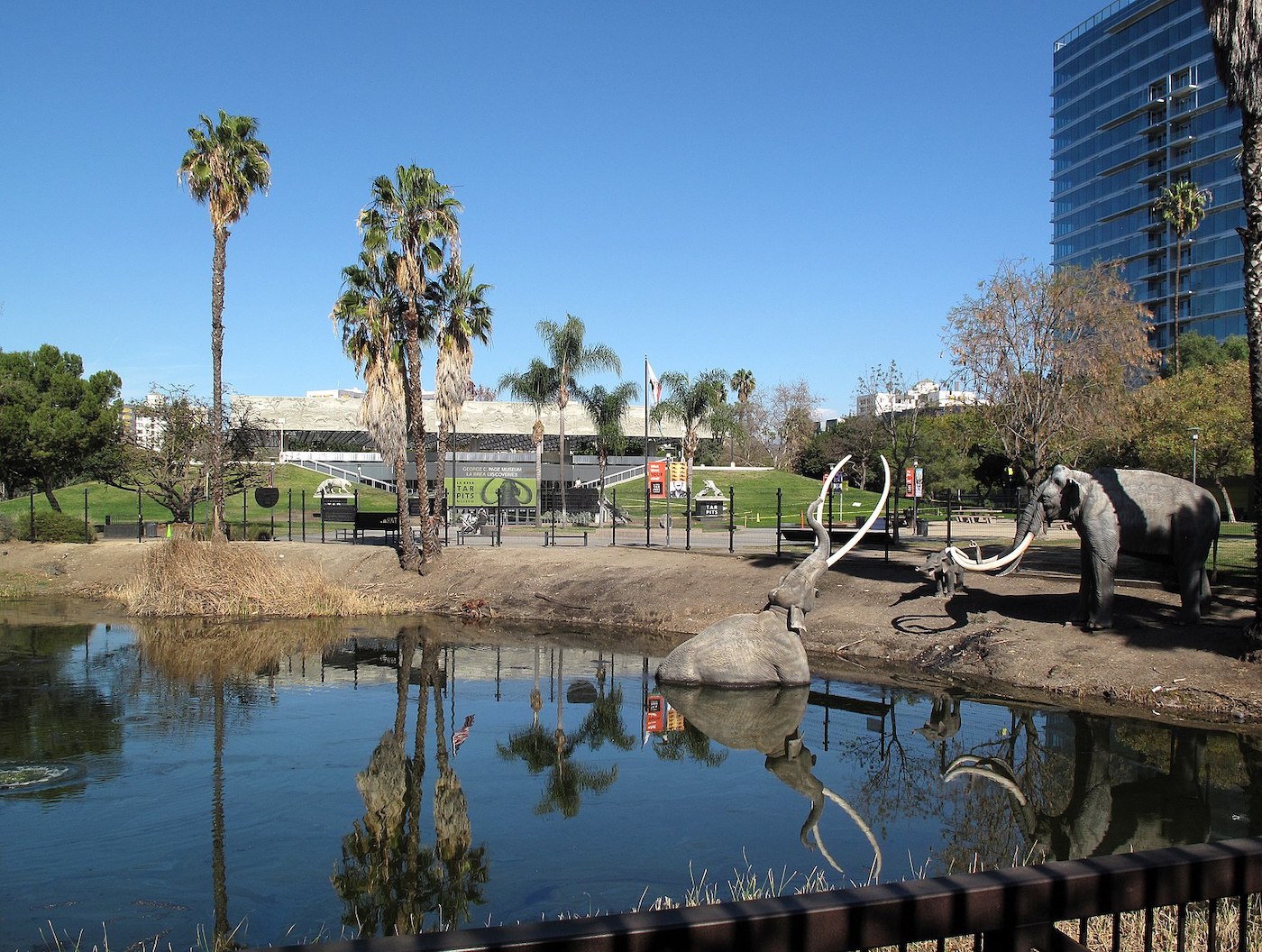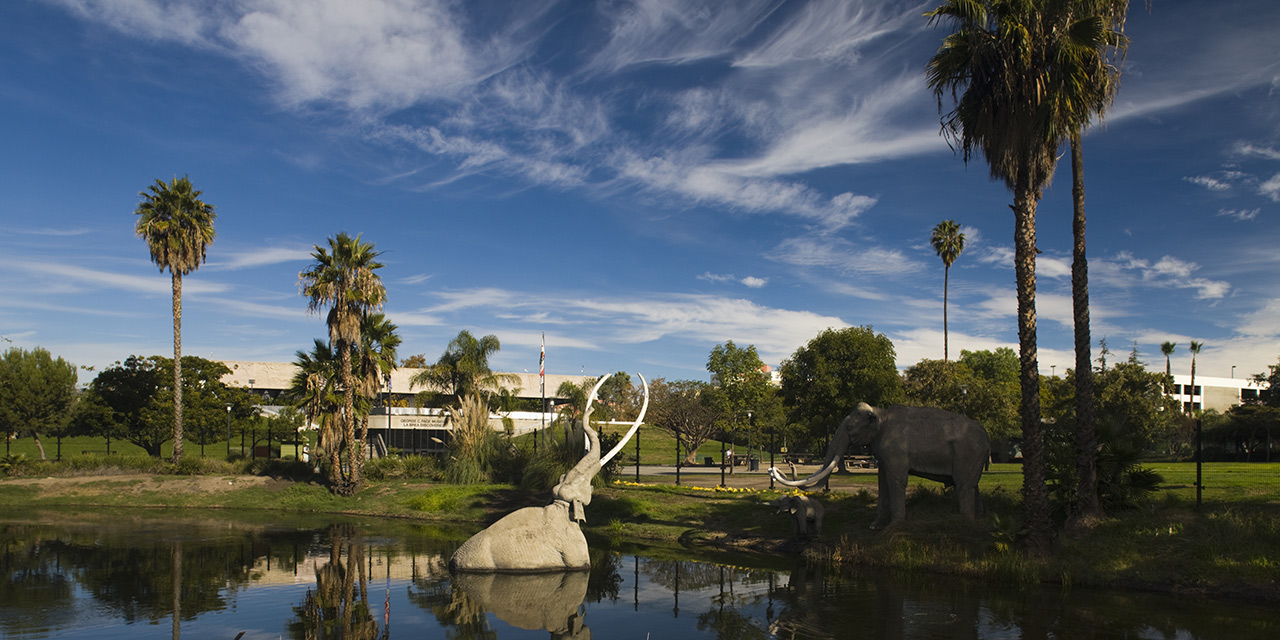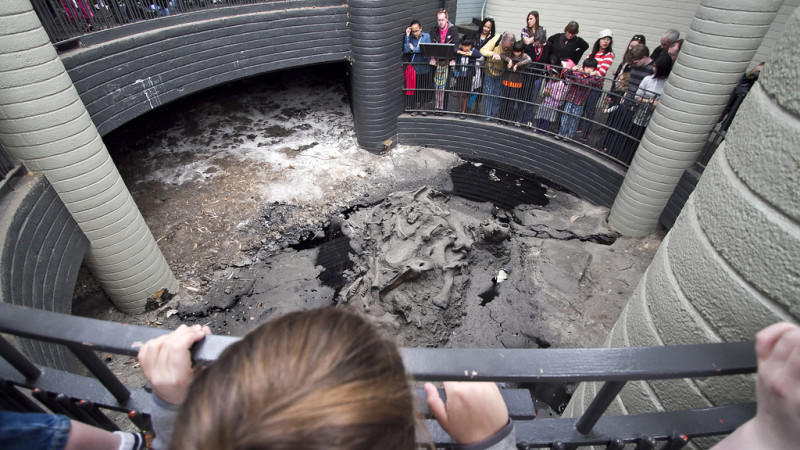Unearth the Interesting Globe of Glacial Period Animals at the La Brea Tar Matches and Gallery in LA

History of the La Brea Tar Pits
The background of the La Brea Tar Pits dates back hundreds of years, showcasing a special natural sensation that has actually astounded site visitors and researchers alike. Located in Los Angeles, California, these tar pits have been seeping natural asphalt for tens of countless years, producing a sticky catch for unwary animals. With time, these tar pits have maintained an amazing collection of Glacial period fossils, supplying very useful insights right into the prehistoric globe.
Researchers think that the tar pits were created from petroleum that seeped through the Planet's crust, producing swimming pools of asphalt externally. As pets would come close to the water to drink, they would end up being embeded the tar, inevitably bring about their demise. This natural catch has maintained the remains of numerous animals, including mammoths, saber-toothed felines, alarming wolves, and ground sloths.
The La Brea Tar Matches have come to be a considerable historical website, offering a glimpse right into the fauna of the Pleistocene date. La Brea Tar Pits and Museum. With recurring excavations and study, scientists continue to reveal fossils that grow our understanding of old communities and the varieties that roamed the Earth countless years back
Glacial Period Animals on Show
Having actually unearthed a prize chest of Ice Age fossils from the tar pits, the La Brea Tar Matches and Gallery currently showcases an interesting variety of primitive creatures for visitors to wonder at. One of the most noticeable creatures on screen is the Columbian Mammoth, an enormous ancestor of modern-day elephants that roamed the Los Angeles area throughout the Ice Age. These unspoiled fossils use a distinct opportunity for site visitors to step back in time and witness the unbelievable biodiversity that existed throughout the Ice Age, making a check out to the La Brea Tar Pits and Gallery a truly immersive experience in ancient exploration.
Tar Pit Excavation Process
Exactly how is the detailed process of excavating tar pits performed to reveal old fossils at the La Brea Tar Matches and Museum? The excavation process at the La Brea Tar Pits includes a careful mix of scientific methods and careful taking care of to maintain the delicate fossils concealed within the tar.
At first, the excavation group recognizes prospective dig sites based upon previous discoveries and geological surveys. As soon as a promising place is picked, the group removes the surface greenery and begins the delicate job of removing the tar. Specialized devices such as shovels, brushes, and trowels are made use of to carefully remove the tar and debris surrounding the fossils.
As the excavation progresses, any uncovered fossils are documented in situ to tape-record their exact area and positioning. This paperwork is critical for assembling with each other the ancient ecosystem and understanding the habits of Glacial epoch animals.
When the fossils are securely removed, they undergo meticulous cleaning, evaluation, and preservation in the museum's laboratories. By complying with these extensive excavation procedures, the La Brea Tar Matches and Gallery can remain to uncover and display the interesting globe of Ice Age creatures for generations to find.
Interactive Exhibitions for Visitors
Enhancing the visitor experience at the La Brea Tar Pits and Gallery, interactive exhibits provide appealing chances for guests to immerse themselves worldwide of Glacial period creatures. These interactive displays supply a hands-on approach to finding out about the prehistoric age, allowing visitors to touch fossils, replicate excavations, and even join online reality experiences that move them back in time.
Among one of the most preferred interactive exhibitions is the Fossil Laboratory, where visitors can observe paleontologists at job cleansing and researching fossils located in the tar pits. This behind the curtain check out the research study process offers visitors a look into the scientific approaches made use of to discover the secrets of the Glacial epoch.

Paleontological Explorations at the Gallery
The La Brea Tar Pits and Gallery display an amazing array of paleontological explorations that supply useful insights right into the primitive globe of Ice Age animals. The museum's collection includes over one million fossils, making it among the most substantial databases of Ice Age samplings internationally. Visitors can wonder at well-preserved skeletons of mammoths, saber-toothed cats, alarming wolves, and various other vanished creatures that once strolled the Los Angeles location.
One of one of the most iconic explorations at the La Brea Tar Pits is the near-complete skeletal system of a Columbian mammoth, passionately named Zed. This specimen, in addition to many others, provides scientists a rare possibility to examine the makeup, behavior, and ecology of Glacial period megafauna. Through mindful excavation and meticulous conservation techniques, the gallery proceeds to discover brand-new fossils, expanding our understanding of the old communities that existed hundreds of years ago.
Final Thought
To conclude, the La Brea Tar Matches and Museum in LA offer an unique opportunity to explore the globe of Glacial epoch animals via paleontological explorations and interactive exhibits. Site visitors can witness the excavation process of fossils from the tar pits and discover concerning the history of this interesting website. The museum offers a instructional and appealing experience for all ages curious about primitive life and the Earth's natural history.

The La Brea Tar Matches and Museum showcase an amazing range of paleontological explorations that supply useful insights right into the primitive globe of Ice Age animals (La Brea Tar Pits and Museum photos).In verdict, the La Brea Tar Matches and Gallery in LA supply an one-of-a-kind possibility to discover the globe of Ice Age Continued animals with interactive exhibitions and paleontological discoveries